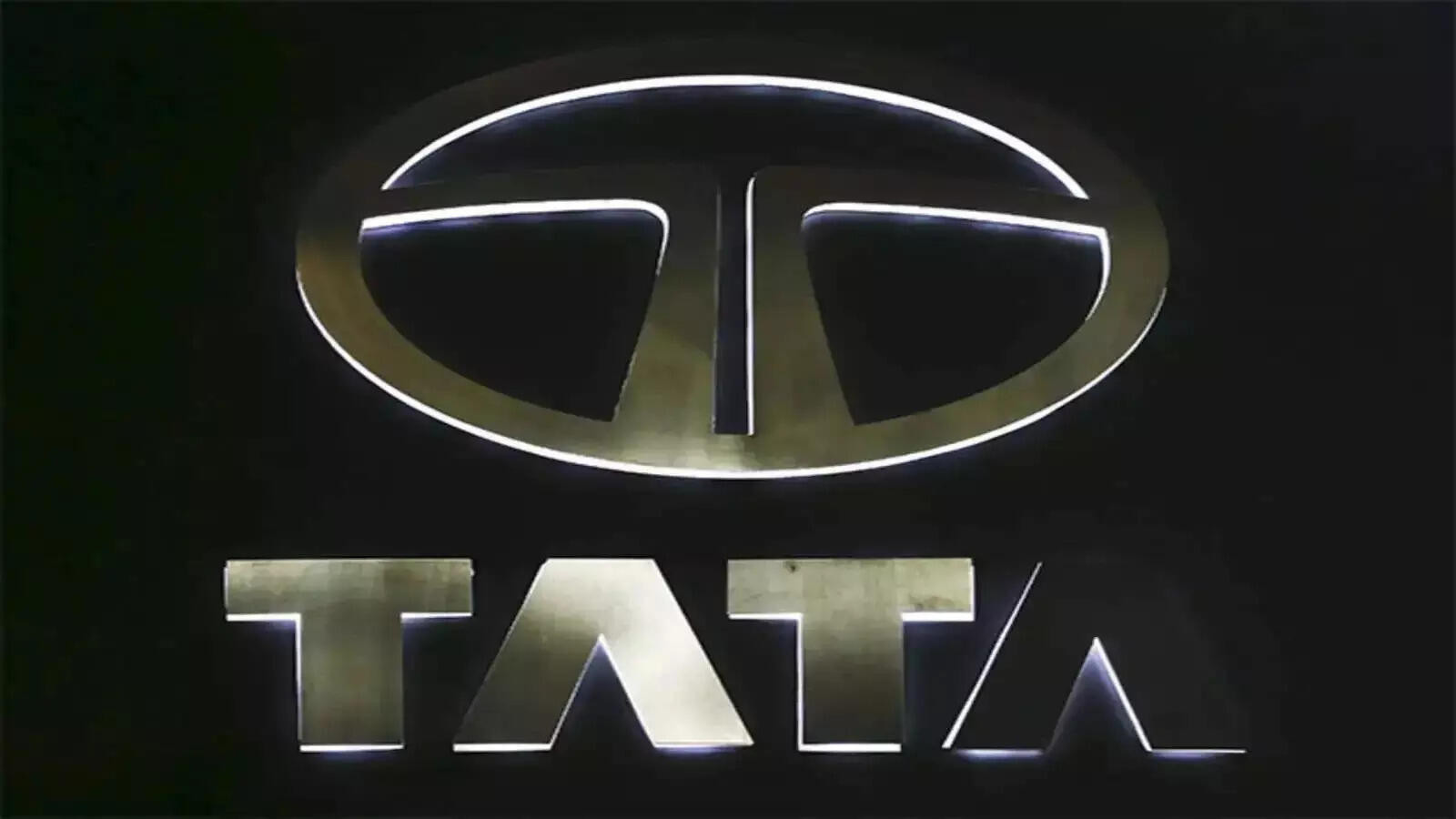To enhance toll plaza efficiency and prepare for digital upgrades, NHAI is cracking down on ‘loose FASTags’. This move aims to ensure FASTag authenticity and ETC system integrity before implementing annual passes and multi-lane free flow tolling. NHAI will blacklist reported ‘tag-in-hand’ violations, addressing issues like false chargebacks and congestion.
Is Your FASTag About to Get You Blacklisted? Here’s What You Need to Know
Remember the days of fumbling for change at toll booths? Seems like a distant memory, right? Thanks to FASTag, cruising through toll plazas is now largely seamless. But that ease could be disrupted if you’re not paying attention to the health of your FASTag. The National Highways Authority of India (NHAI) is cracking down on FASTag misuse, threatening to blacklist users with improperly functioning or loosely attached tags. What does this mean for you, and how can you avoid getting caught in the net?
The primary driver behind this move is to curb toll fraud and ease congestion at toll plazas. While FASTag was implemented to expedite the toll collection process, some users are inadvertently (or deliberately) gaming the system. Think loosely affixed tags, tags that are damaged, or even windshields that interfere with signal reading. These issues lead to delays, manual intervention, and ultimately, defeat the purpose of having FASTag in the first place.
Why is NHAI Blacklisting FASTags? The Real Reason
The problem extends beyond simple inconvenience. Imagine a scenario where a FASTag is only partially attached. The system might not register the tag correctly, leading to incorrect deductions or even complete failure to register the toll. This not only affects NHAI’s revenue collection but also creates bottlenecks as toll booth operators have to manually process these transactions. In some instances, individuals attempt to manipulate the system to avoid paying the correct toll amount altogether.
The move to blacklist these tags is a direct response to these challenges. By identifying and penalizing users with faulty or improperly installed tags, NHAI hopes to create a more efficient and transparent toll collection system. This will hopefully result in shorter queues, faster travel times, and a more reliable experience for everyone using national highways.
FASTag Compliance: Are You Doing It Right?
So, what exactly constitutes a “loose” or “non-compliant” FASTag? It’s not just about whether the tag is physically attached to your windshield. Here are some things to keep in mind to ensure your FASTag remains active and compliant:
* Proper Installation: Make sure your FASTag is correctly affixed to the center of your vehicle’s windshield, behind the rearview mirror. Follow the instructions provided by your FASTag issuer carefully.
* Avoid Obstructions: Don’t place anything between the FASTag and the windshield, as this can interfere with the signal. This includes things like dashboard decorations or sunshades.
* Regular Inspection: Periodically check your FASTag for any signs of damage, such as cracks, peeling adhesive, or discoloration. If you notice any issues, contact your issuer immediately for a replacement.
* Sufficient Balance: Always ensure that your FASTag account has sufficient balance to cover toll charges. Insufficient funds can lead to delays and potential penalties.
* Vehicle Class: Ensure the FASTag you are using is registered for the correct vehicle class. Using a tag intended for a smaller vehicle on a larger one is a common form of misuse.

What Happens if You’re Blacklisted?
If your FASTag is blacklisted, you’ll likely face difficulties at toll plazas. The system won’t recognize your tag, and you’ll be forced to pay the toll in cash, potentially incurring penalties or fines. More importantly, repeated offenses could lead to further action, such as suspension or cancellation of your FASTag account.
To avoid this, proactive maintenance and adherence to NHAI guidelines are key. If you suspect your FASTag is malfunctioning, don’t wait until you’re at the toll booth. Contact your issuer immediately to troubleshoot the problem and request a replacement if necessary.
Staying Ahead of the Curve: Keeping Your FASTag Active
The NHAI’s crackdown is a clear signal that they’re serious about enforcing FASTag compliance. While it might seem like a minor inconvenience, ensuring your tag is properly installed and functioning correctly benefits everyone. By taking a few simple steps to maintain your FASTag, you can avoid getting blacklisted, contribute to a smoother toll collection process, and ultimately, enjoy a more hassle-free travel experience.
Don’t forget, you can also manage your FASTag online and track your transactions! Learn more about [managing your FASTag account here](internal-link-to-related-content).
Conclusion: A Smoother Ride for Everyone
The NHAI’s stringent measures regarding FASTag compliance reflect a commitment to efficiency and transparency. By addressing issues like misuse and technical malfunctions, they are paving the way for a more streamlined and reliable toll collection system. This benefits not only the NHAI but also every driver who relies on FASTag for a quicker and more convenient journey. Paying attention to the details of your tag’s health and usage is a small price to pay for a smoother ride for all.







